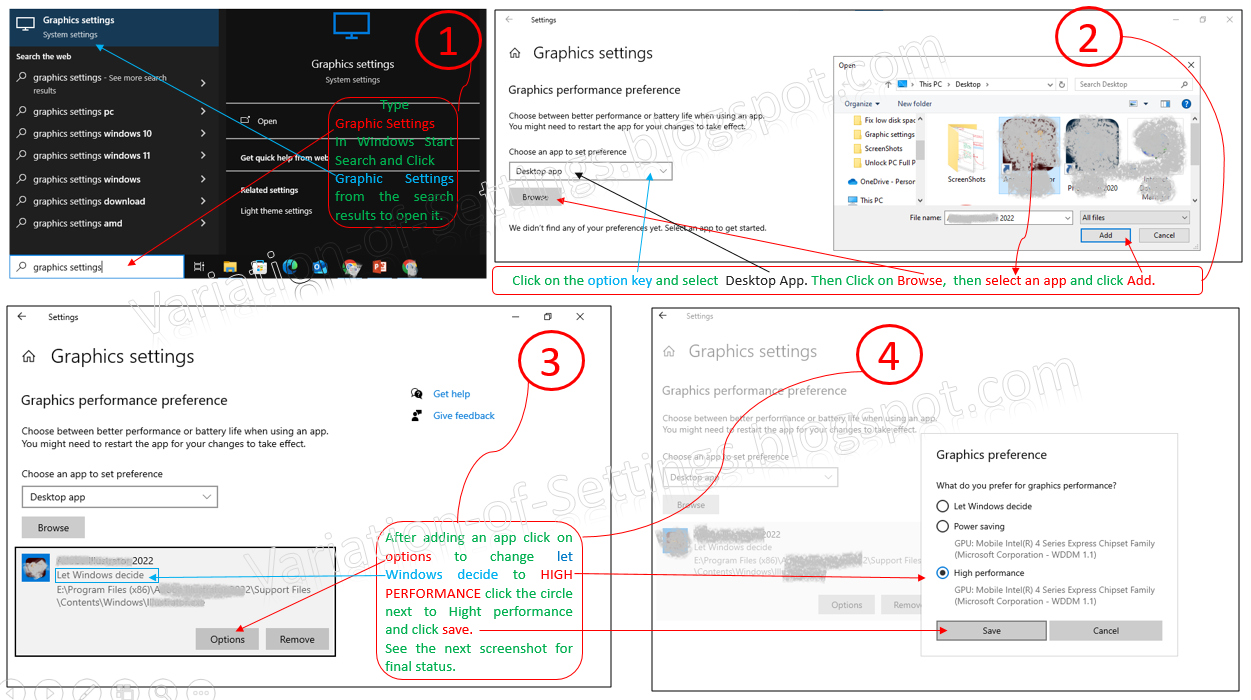Windows Memory Diagnostic: Diagnose and Fix Memory Errors
Unlocking the Power of Windows Memory Diagnostic
When to Harness the Power of Windows Memory Diagnostic?
- Frequent system crashes or freezes
- Random blue screens of death (BSODs)
- Unpredictable system behavior
- Application failures or errors
Unleashing the Benefits
- Identifies and isolates faulty memory segments
- Prevents system crashes and freezes
- Resolves memory-related BSODs
- Enhances overall system stability and performance
- Detects memory leaks and corruption
- Memory corruption
- RAM failures
- Faulty memory modules
- Driver issues
Exploring Windows Memory Diagnostic Test Options
How to Run the Test
To check for fault, Type “Windows Memory Diagnostic” in the Start menu and click on Run as administrator.
Then Click select "Restart now and check for problems" this will restart your pc and will Run the dainostic check or select the second otpion check for problems the next I start my computer. Ckeck the confirmation message and click close. This option scheduled the check for the next time when you start your.
When you restart system, Windows automatically starts the test; where you can continue as it or can change its mode by clicking the "F1= Options" to change the mode of the test to: Standerd (for a quick test) and extended ( for a complete test). After the completion of test the Windows will displayed the results after log in.
It’ll give your RAM a workout and report any issues. If it finds trouble, consider swapping out that misbehaving RAM module.




.png)


Comments
Post a Comment